

Bear Lake
Photos from 2012
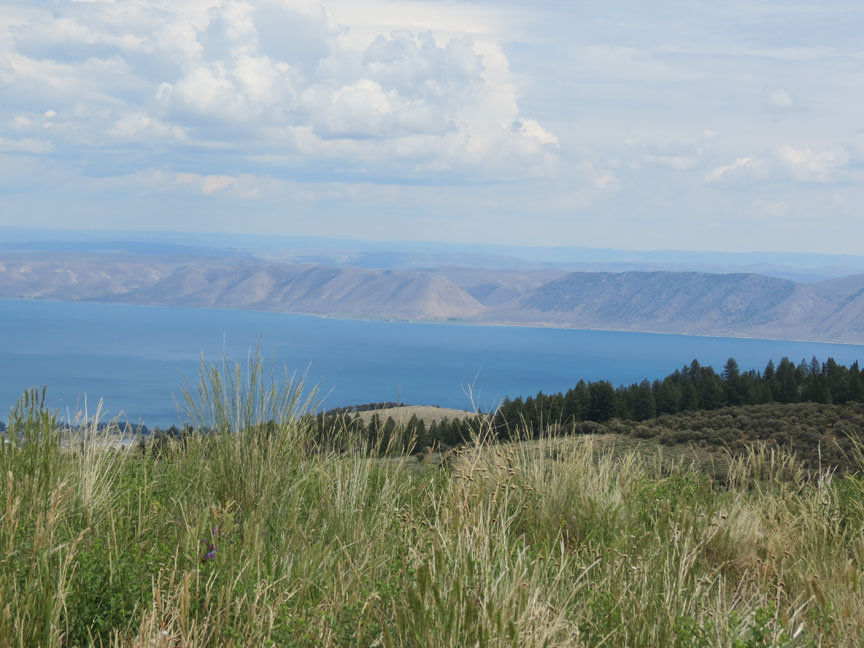
Bear Lake
Bear Lake is a natural freshwater lake on the Utah-Idaho border in the Western United States. It is the second largest natural freshwater lake in Utah and has been called the "Caribbean of the Rockies" for its unique turquoise-blue color, the result of suspended limestone deposits in the water. Its water properties have led to the evolution of several unique species that live naturally only within the lake. Bear Lake is over 250,000 years old. It was formed by fault subsidence that continues today, slowly deepening the lake along the eastern side.
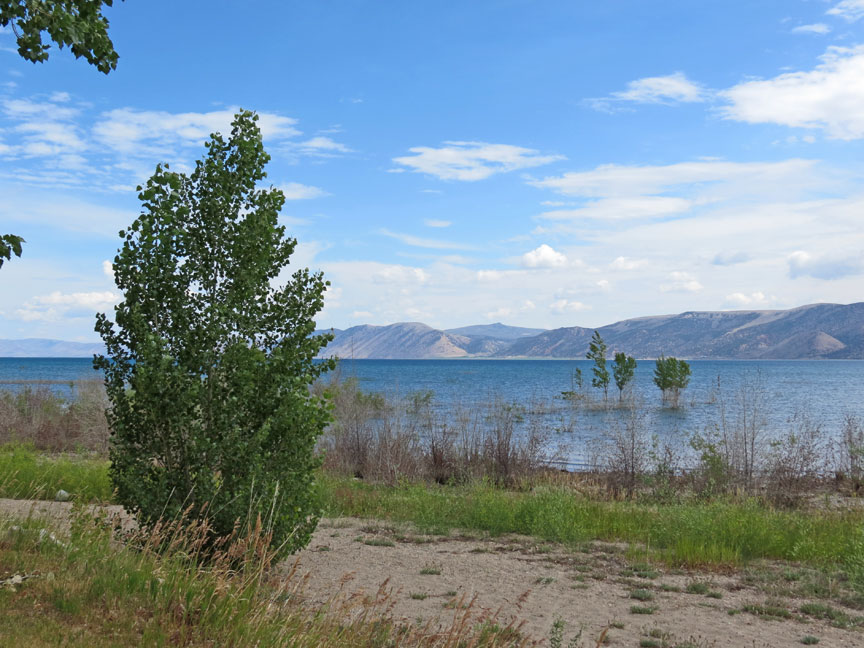
Originally named Black Bear Lake by Donald Mackenzie, an explorer for the North
West Fur Company who discovered the lake in 1819. The name was later changed to
Bear Lake. The lake is a popular destination for tourists and sportsmen and the
surrounding valley has gained a reputation for having high quality raspberries.
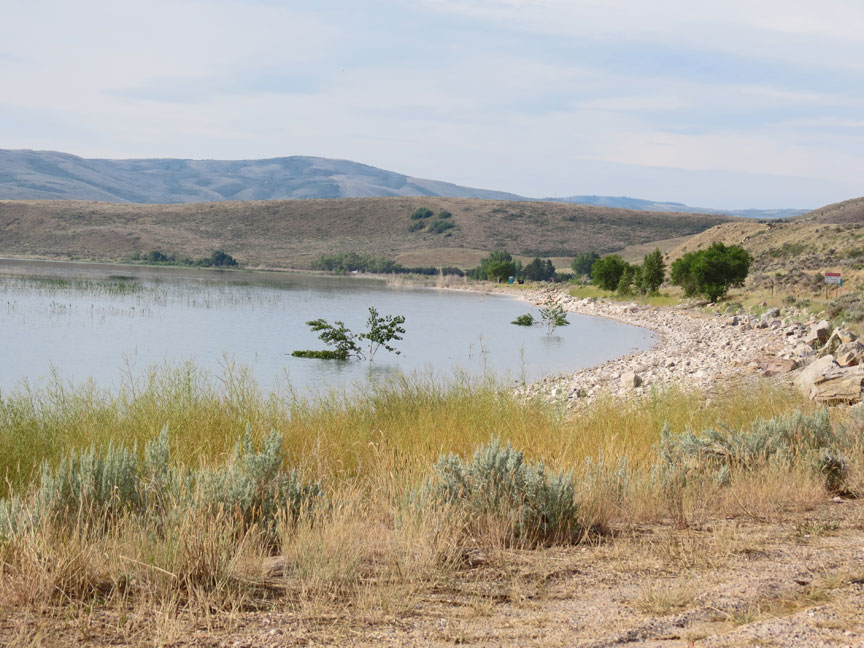
According to folklore, Bear Lake holds a lake monster: the so-called Bear Lake
Monster. Although this originated with Joseph C. Rich, who later admitted to
making up the monster, people continue to report sightings of the monster today.
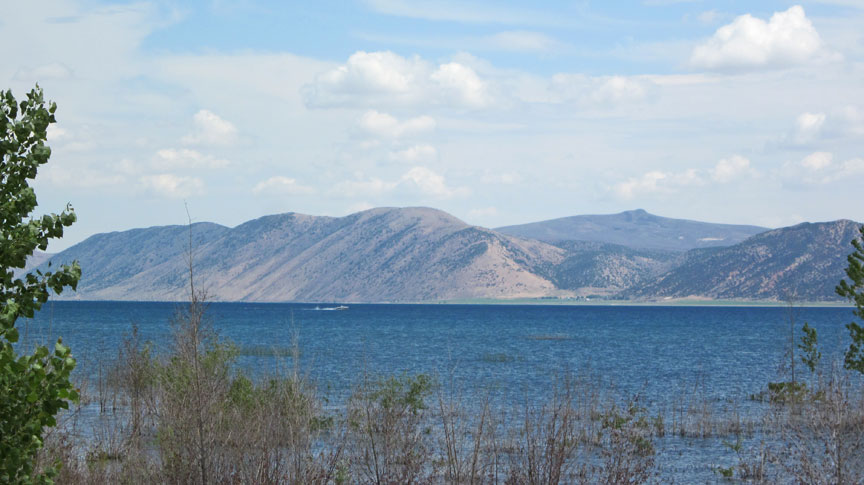
The first known inhabitants of the Bear Lake Valley were Shoshone tribes, but
the area was known to many Native Americans. The first record of whites seeing
the lake is from 1818 when French-Canadian trappers working for the North West
Company followed the Bear River upstream to the valley. Later, between 1825 and
1840, many mountain men, including Jedediah Smith and Jim Bridger, met on the
south shore with Native Americans to swap goods and stories. One story that was
told was about the legendary lake monster. This monster is said to be seen even
today especially in the caves running through the lake. In history, the monster
has possibly taken at least 50 lives. This is the origin of the Rocky Mountain
Rendezvous which continue to this day in mid-September on Rendezvous Beach. It
is from these trappers that Bear Lake received its well-deserved infamy for
harsh winters.
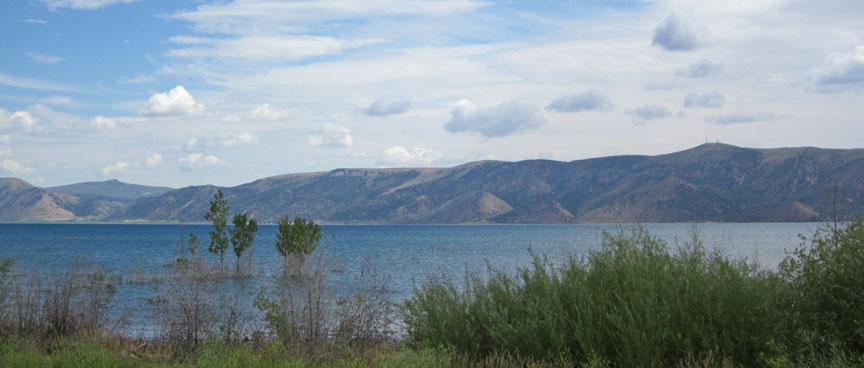
Although the lake lies relatively near the Oregon Trail, which runs north and
east of the lake, and was traveled by many pioneers between 1836 and the 1850s,
it seems none of them went south enough to view the lake. It wasn't until 1863
that Mormon pioneers led by Charles C. Rich settled in the Bear Lake Valley, but
they made an agreement with Native Americans which left most of the Utah portion
of the valley in Indian possession. The Mormons gradually moved south and
established the villages of Garden City, Pickleville, and Laketown, each along
the lake's shore.
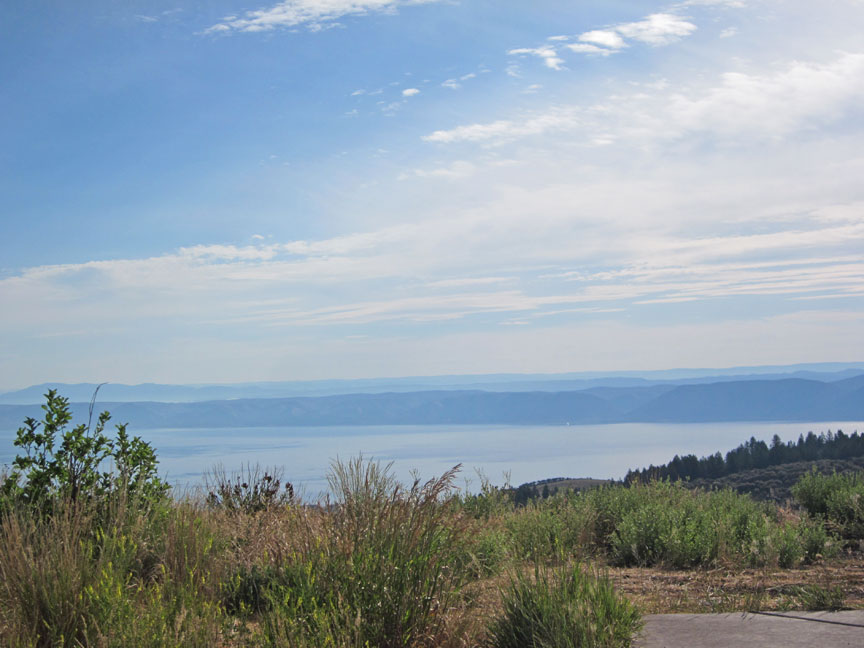
In later years, Bear Lake became a resort and recreation area, and this
tradition has grown through the years with many developers selling lakeshore and
mountain view lots. The beaches of Lakota and Ideal were given to private
development in the 1970s, including the Blue Water and Sweetwater developments.
The State of Utah bought the far southeast beach for use as a State Park, and
also operates a marina on the lake's west side.
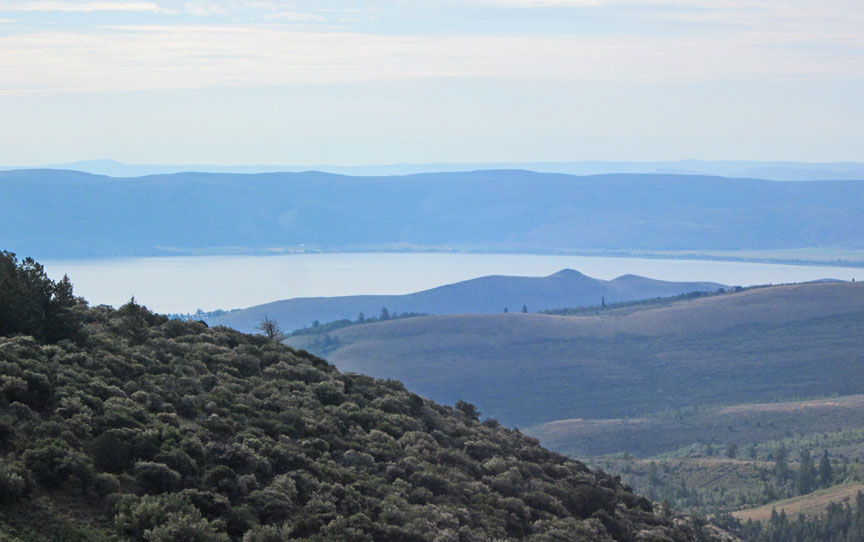
Environmental concerns have arisen with the ongoing development of the area. The
lake is diked on the Idaho side and downstream Bear River water users use it as
a reservoir.
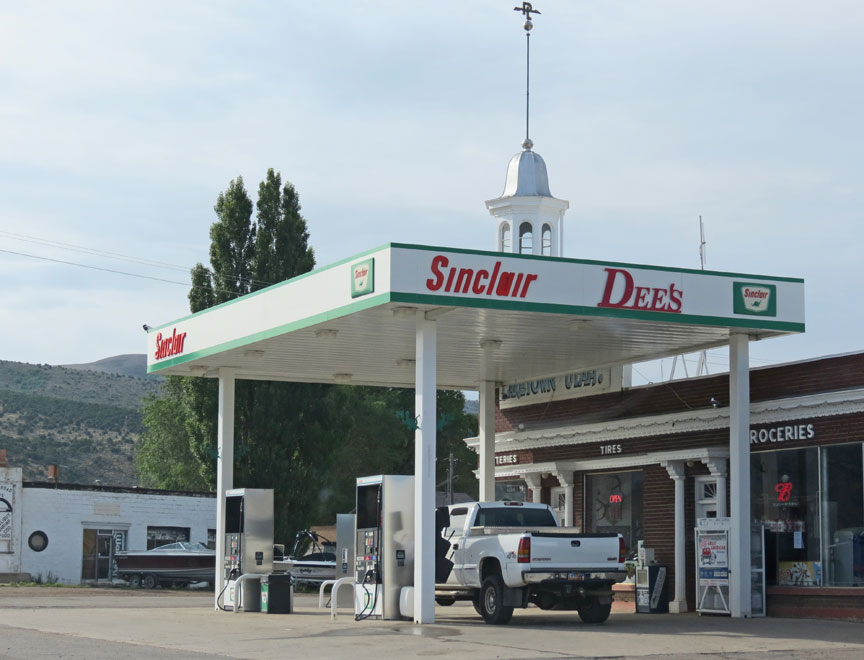
Formed in a half graben valley straddling the Idaho-Utah border, the lake has an approximate area of 109 square miles (282 kmē) and sits at an elevation of 5,924 feet (1,806 m) along the northeast side of the Wasatch Range and the east side of the Bear River Mountains.
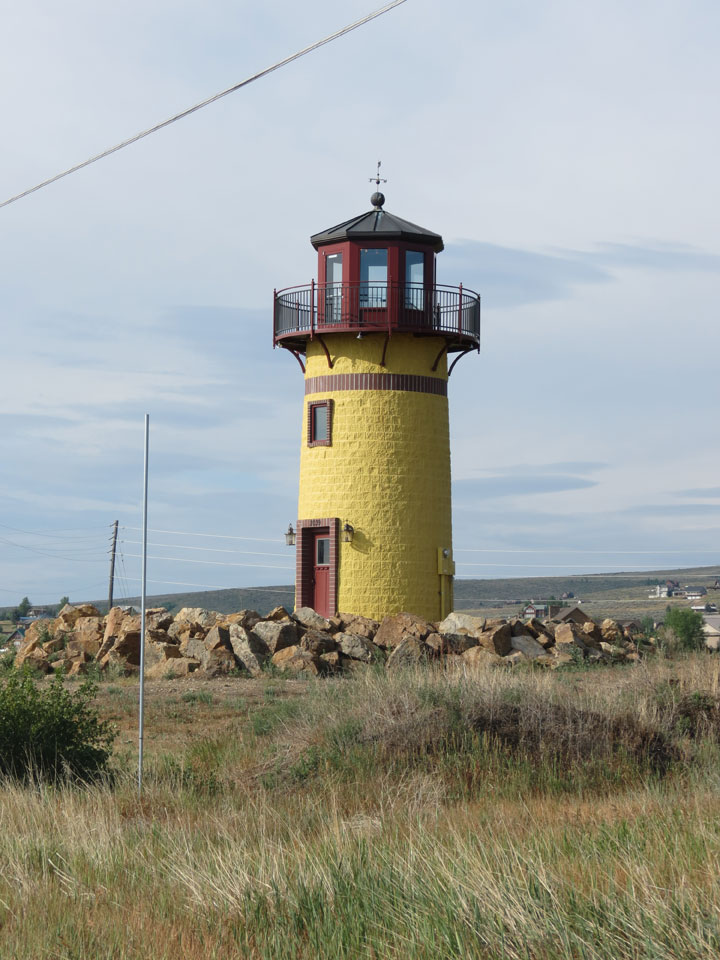
The lake and surrounding areas are a popular summer tourist destination. The
lake has many marinas, beaches, and two tourist towns in Utah known as Garden
City and Laketown. It also has two state parks, each named Bear Lake State Park:
one in Idaho, one in Utah.
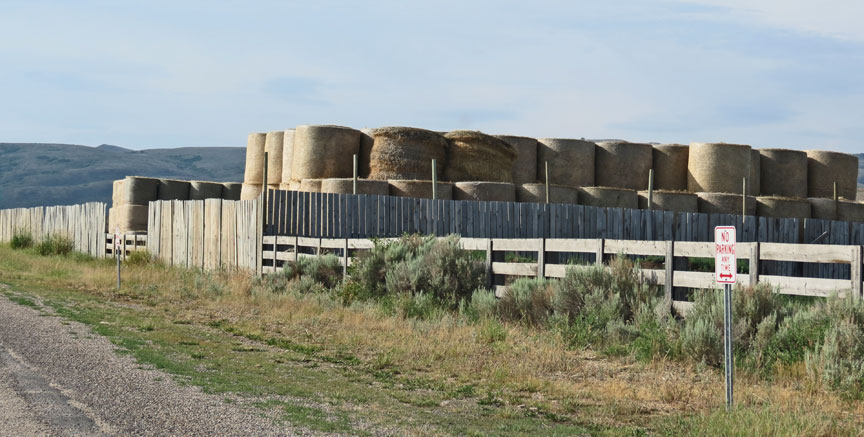
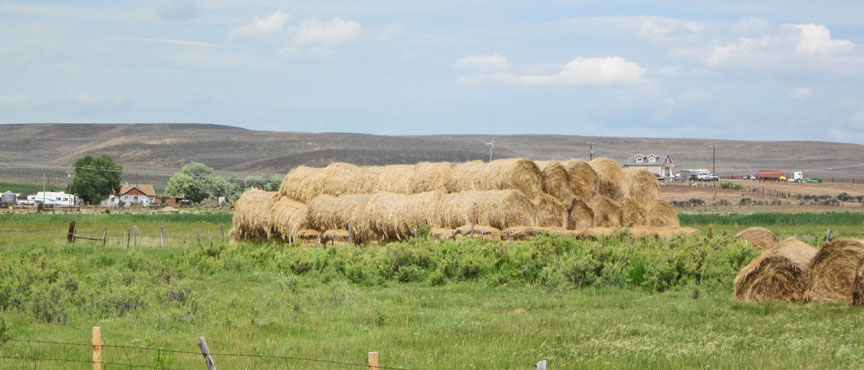
Bear Lake has a high rate of endemism (species living naturally only in one
place). Several species evolved in the lake's waters, but after the diversion of
the Bear River into the lake, many of these have gone extinct. Remaining known
endemic species of fish include the Bonneville cisco, Bonneville whitefish, Bear
Lake whitefish, and Bear Lake sculpin. Although other species have been
introduced into the lake, few can reproduce successfully in the lake's waters,
so it has not been affected as greatly as other lakes by invasive species.
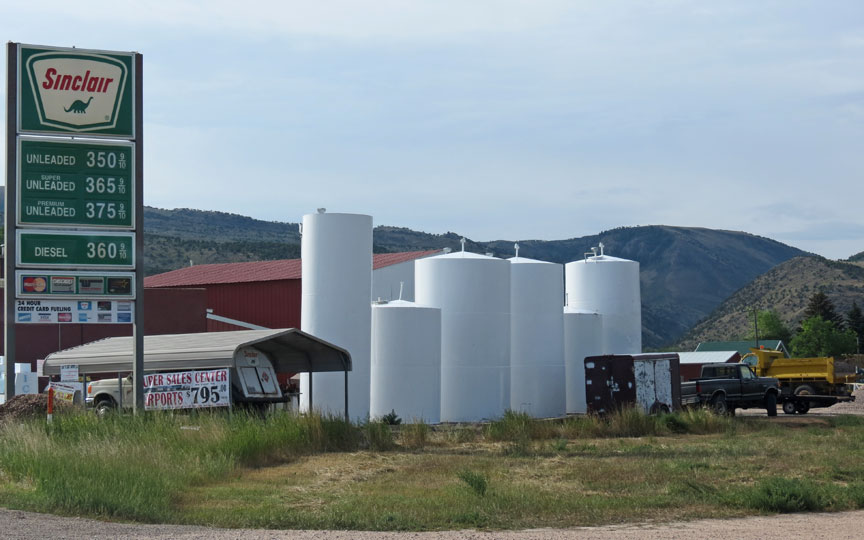
Water from the lake is used for irrigation in the nearby Bear Valley in
southeast Idaho, and for recreational fishing. The lake drains via the Bear
River Outlet, completed in 1915 into the Bear River which eventually flows into
the northeast portion of Great Salt Lake.
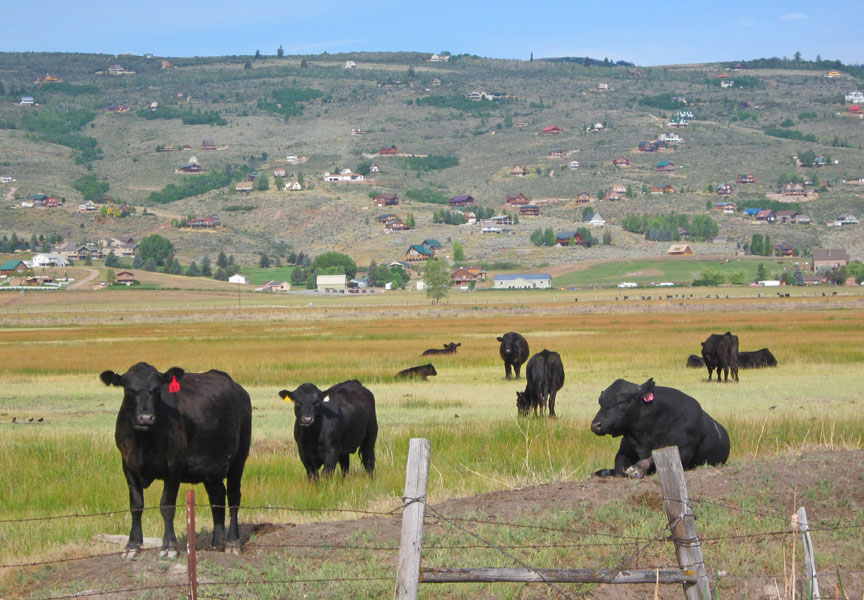
The climate in the valley is warm and dry during the summer, with first snowfall
coming during the fall. Fog and snow are common during the winter. The lake is
icebound during most winters and most of spring during freeze years.
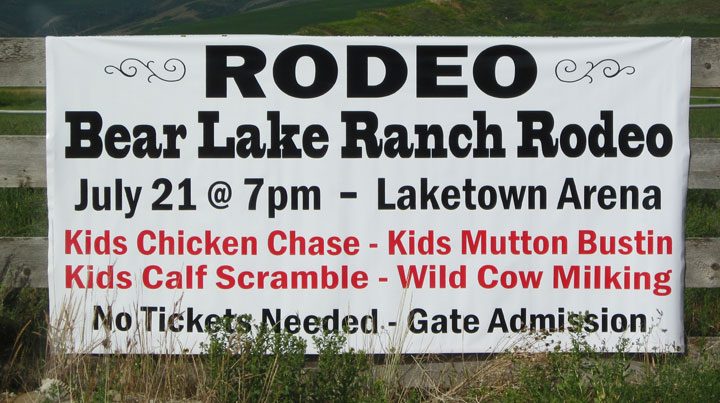
Rodeo
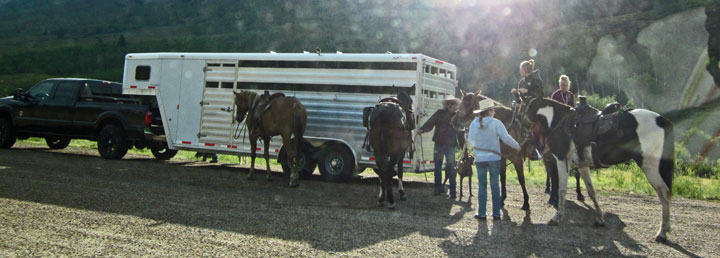
preparing for a trail ride
Many locals from northern Utah, southern Idaho, and western Wyoming come to Bear Lake for summer vacations due to its proximity and abundance of recreational activities.

humming birds

On the east side of the lake, Boy Scouts may take part in the Bear Lake Aquatics
Base camp for one week from June through August.

Raspberry Eats
Bear Lake has become famous for the surrounding valley's crops of raspberries and for the annual Raspberry Days festival held in Garden City to celebrate the harvest of raspberries, generally during the first week of August. This event is said to bring thousands of people from all over the world and features rodeos, parades, fireworks, dances, a craft fair, "Miss Berry Princess contest", raspberry recipe cookoff, a talent show, fun run and concerts.
Text from Wikipedia

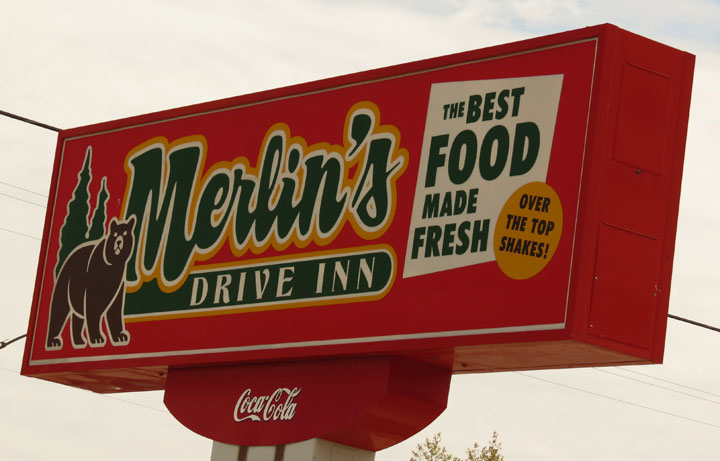
Merlin's Drive Inn
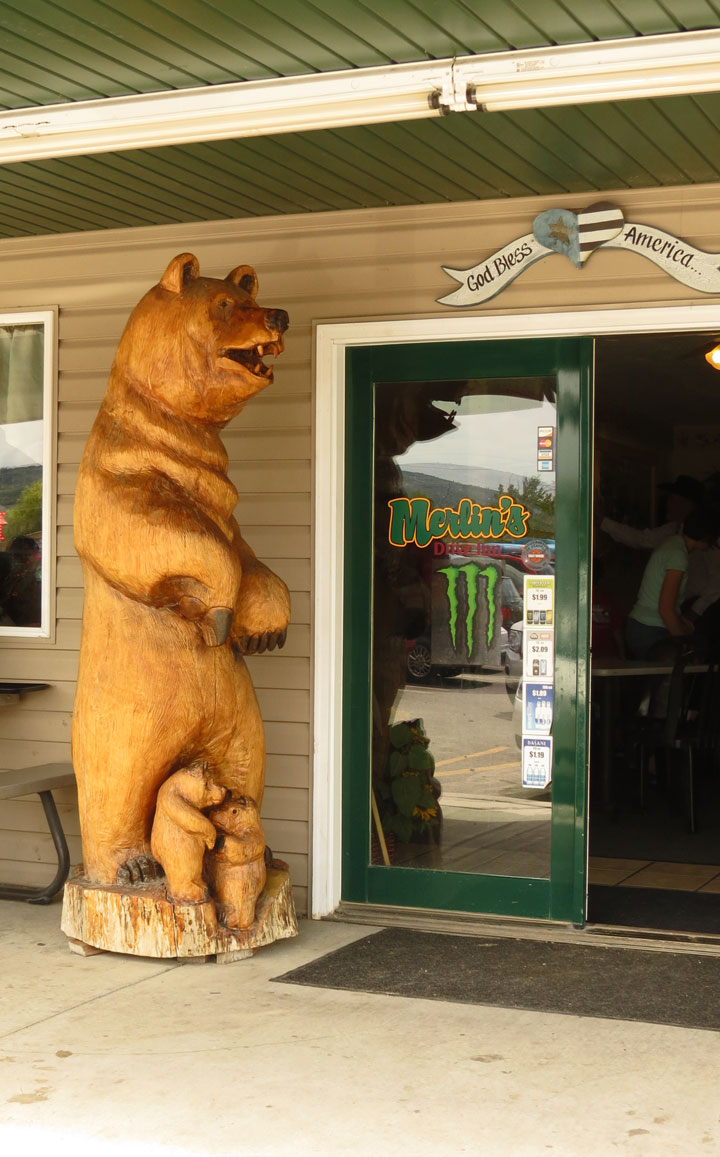
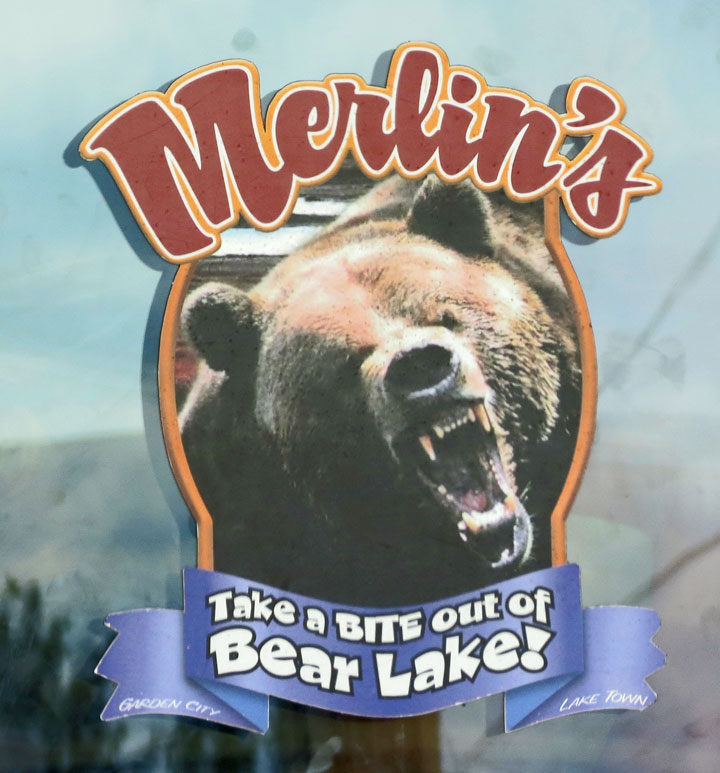
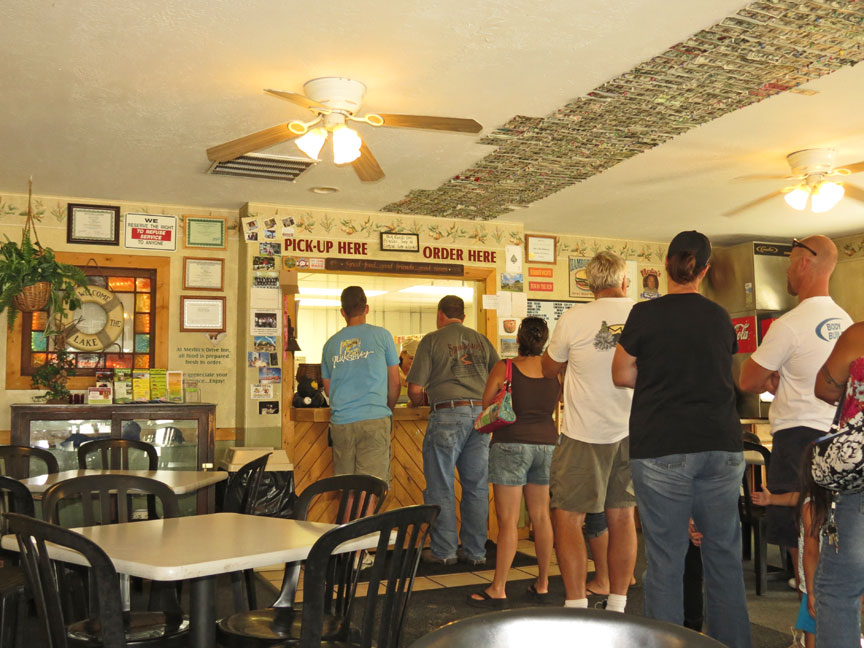
in line to order

waiting
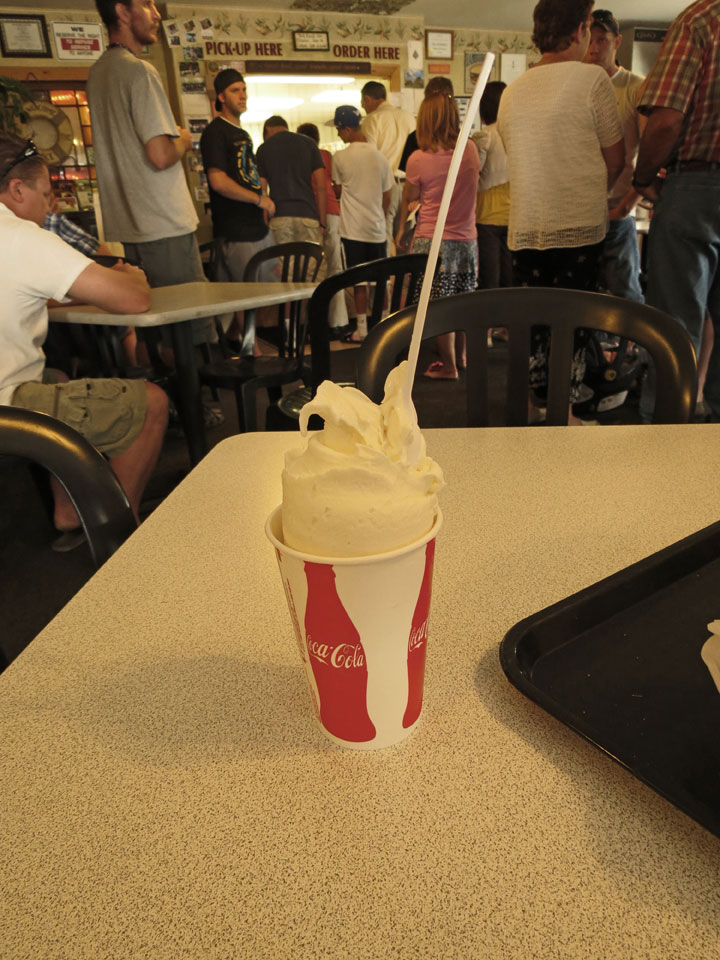
over the top shakes
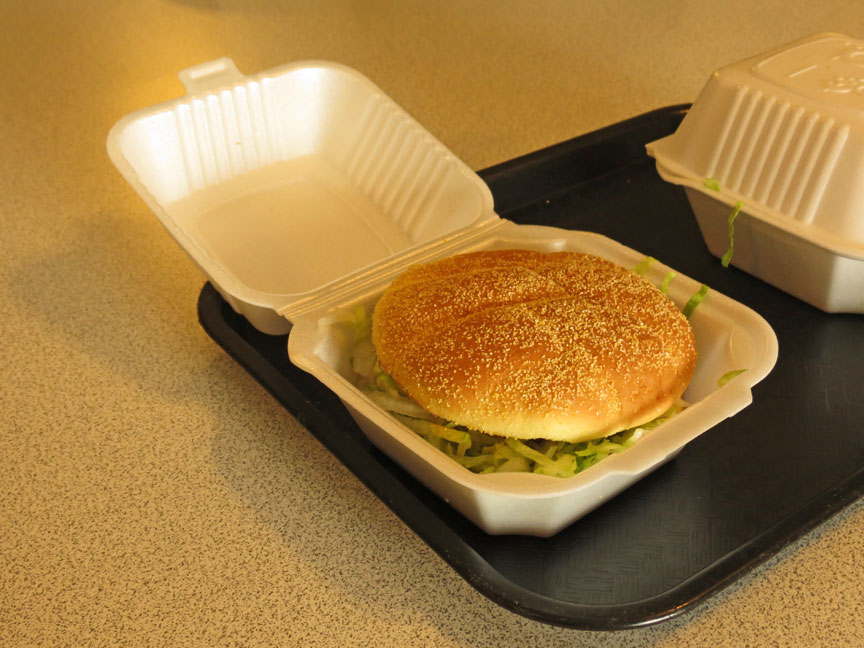
the burger
My Return to Bear Lake in 2015